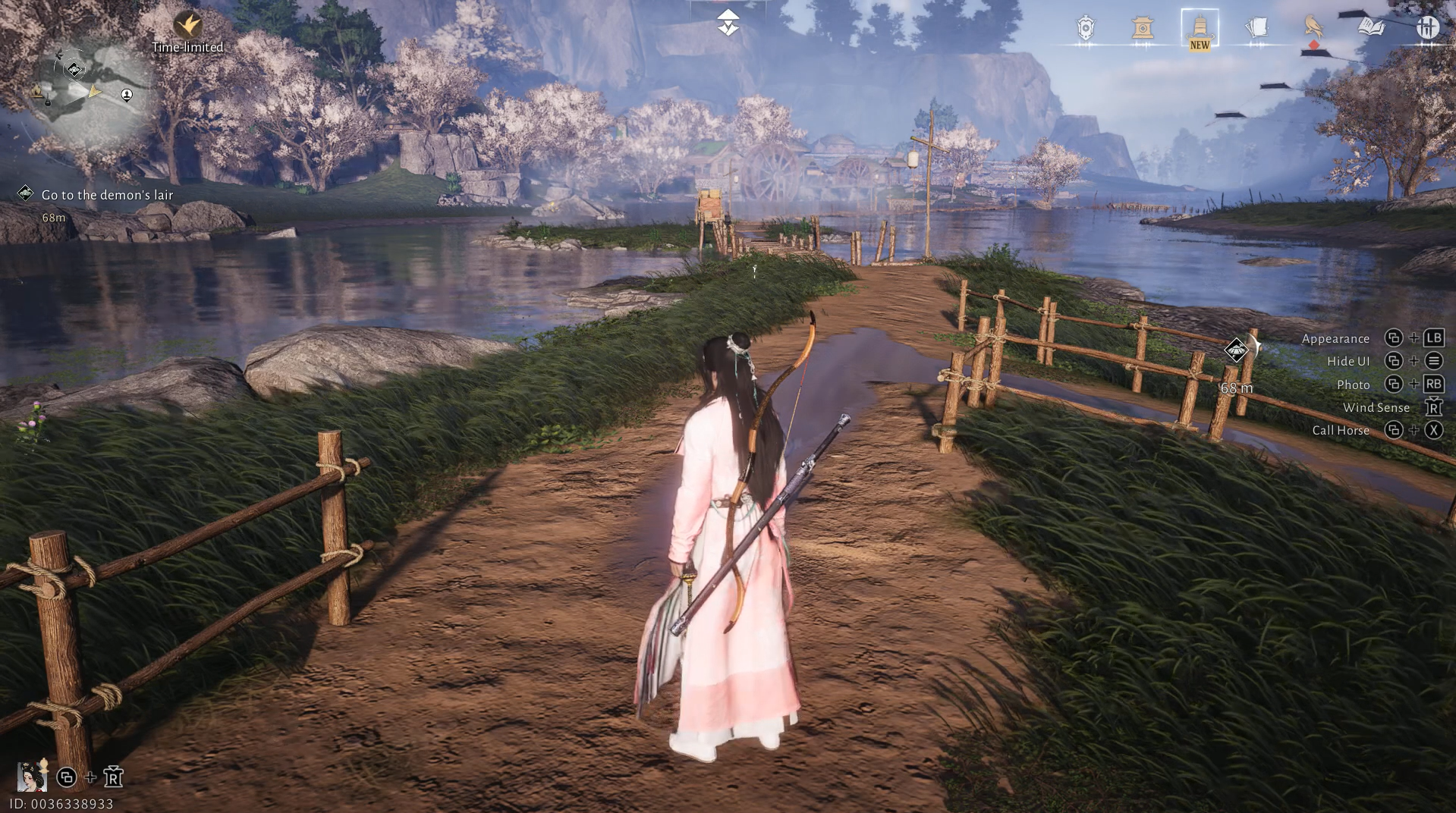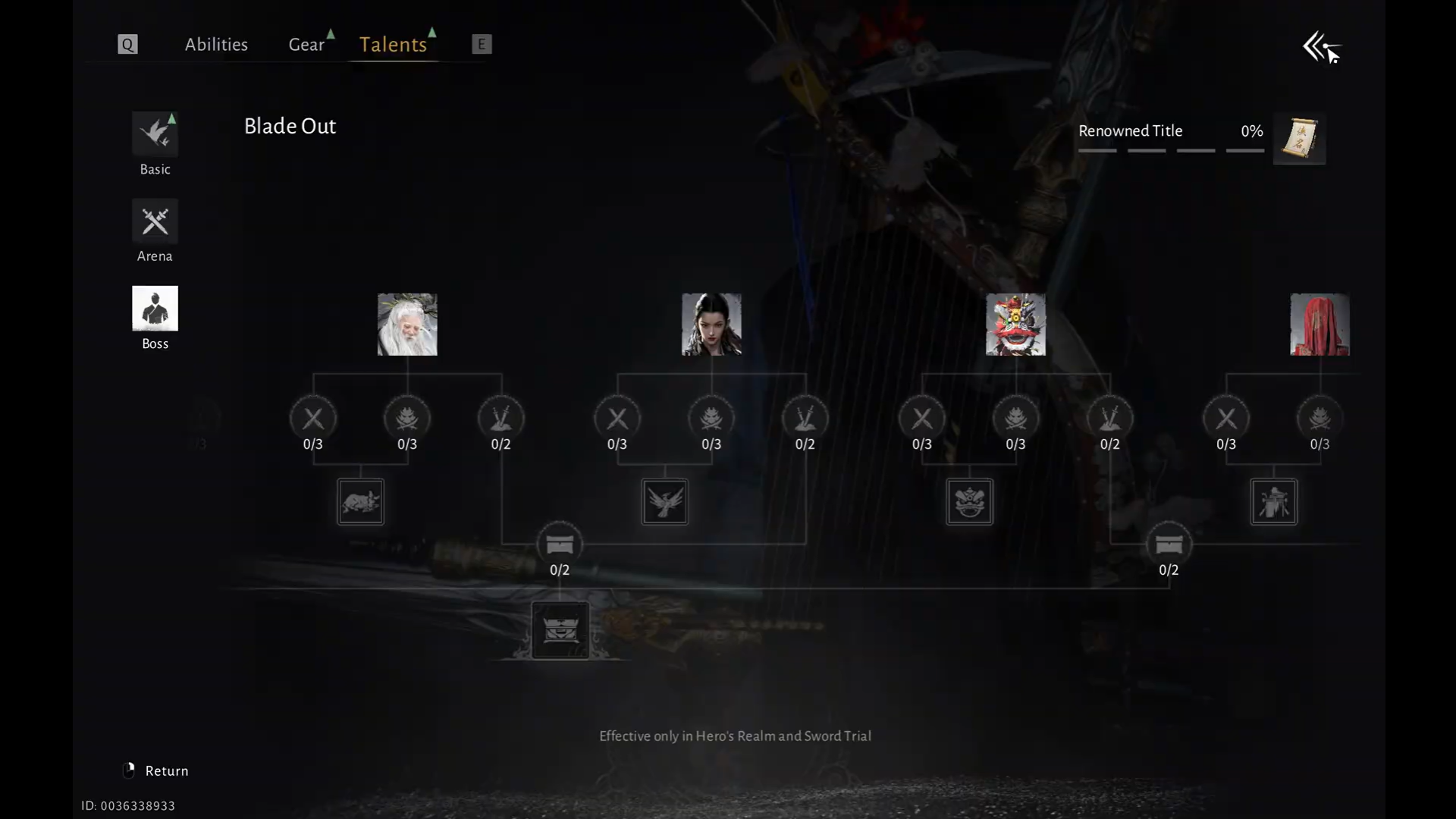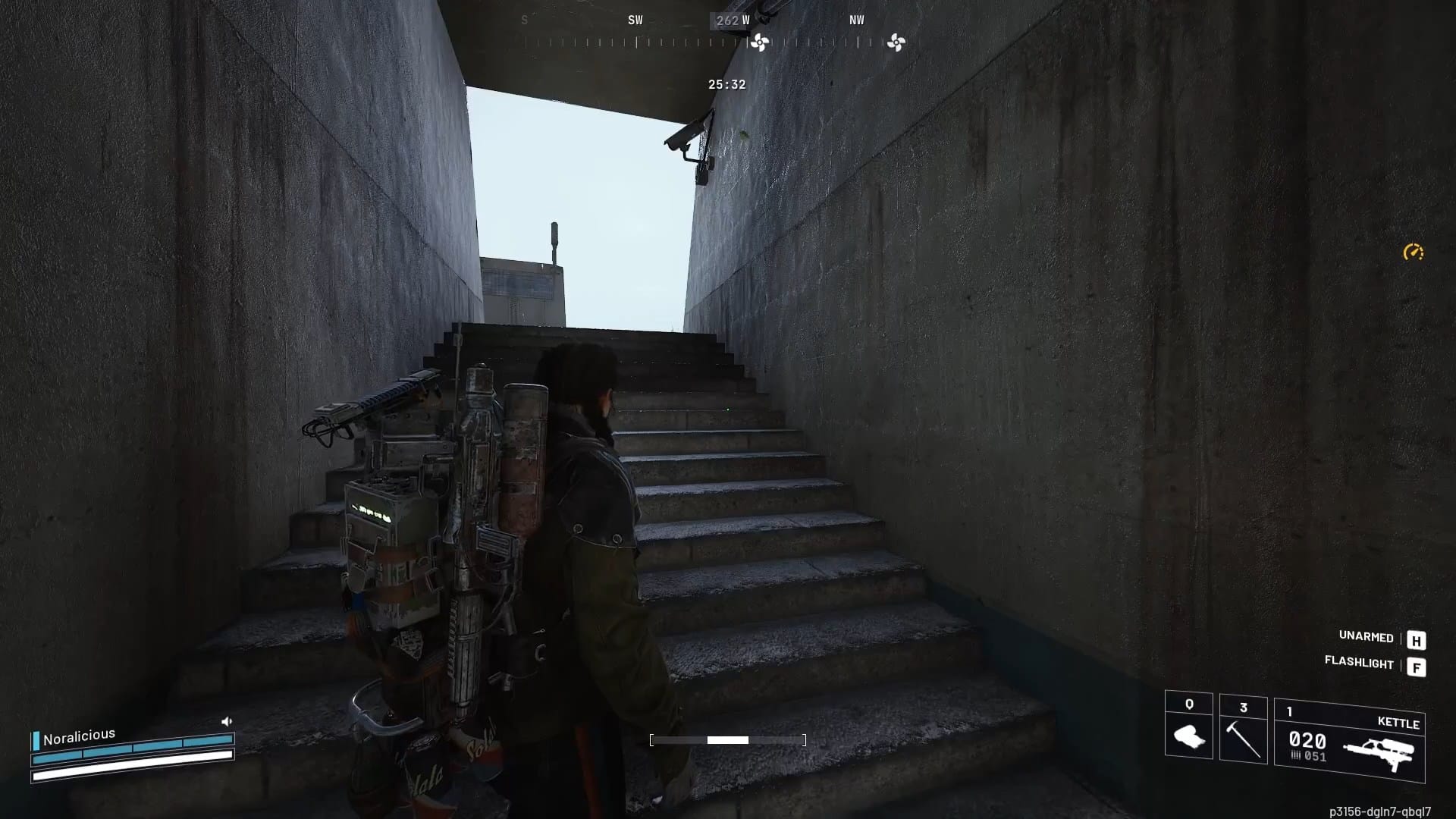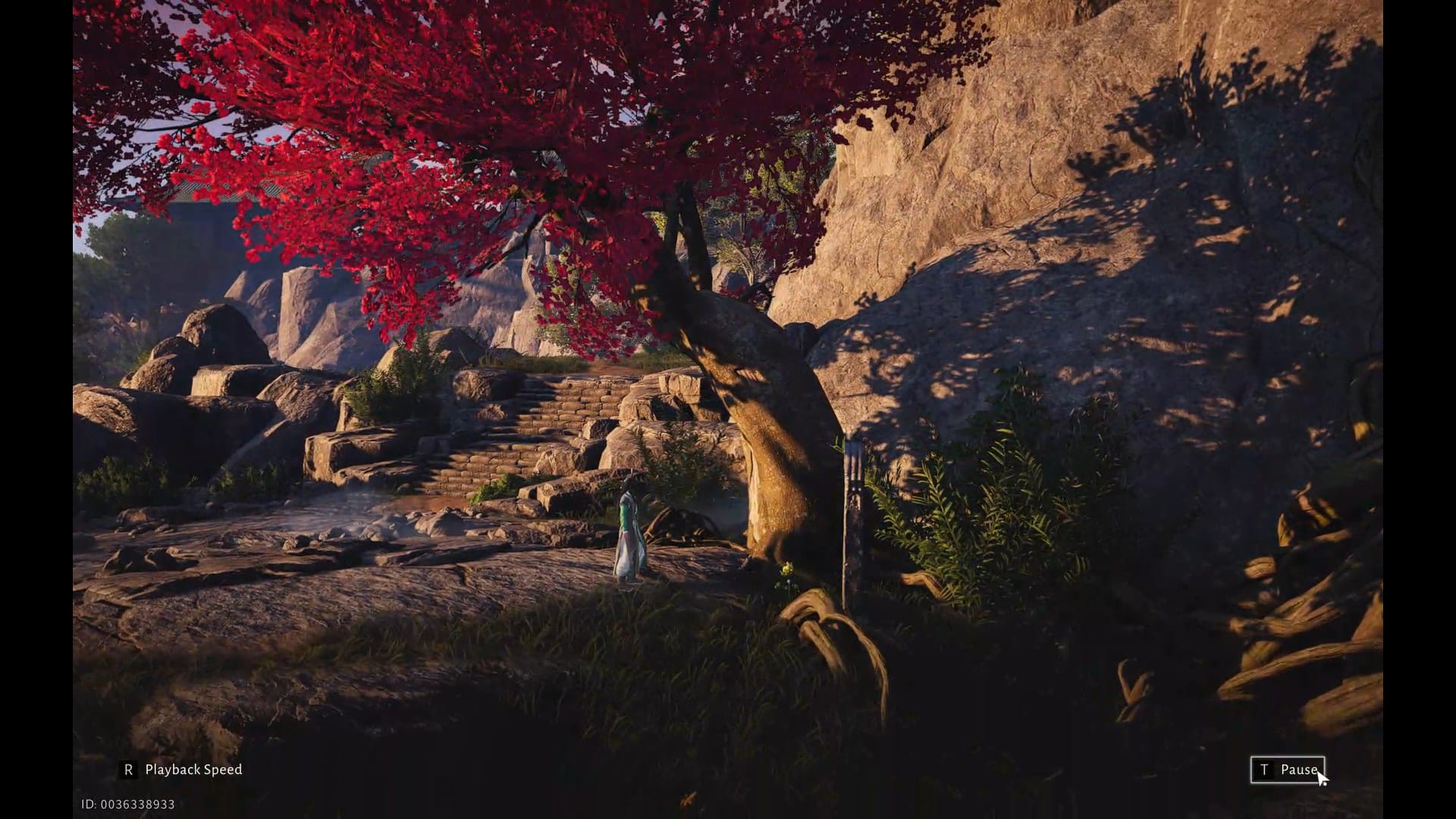This modern age has led to a tremendous increase in our use of smart devices. Growing users are having problems with eye strain as they spend long hours staring into their screens. Smartphones emit blue light on your screen to bring out the best quality of what you see but with its consistent exposure, it causes weariness to your eyes.
Many apps have come up with ways to reduce the brightness and exposure to blue light. A Blue light filter applies a filter to the screen which minimizes the blue light effect.
Let’s have a ‘brighter’ look on some of the apps that help reduce or alter the brightness, and how you can use them:
Using the Light Delight app
Step 1: Download and install the Light Delight app from Google Play. Once installed, open the app.
Step 2: Open the app and give it the required permissions to make changes to the display.
Step 3: Open the notification panel. You can increase/decrease the brightness by tapping the High/Low icon, but the notification bar remains to default brightness.


Notification bar default brightness
Step 4: Adjust the following settings – filter opacity, filter brightness, and color and check if they suit your vision.
Using the Brightness Control and Dimmer app
Step 1: Download and install the Brightness Control and Dimmer app from Google. Once installed, open the app.  Step 2: Allow the app permission to display over other apps by switching the toggle adjacent to ‘Allow display over other apps’.
Step 2: Allow the app permission to display over other apps by switching the toggle adjacent to ‘Allow display over other apps’.

Step 3: Click on the app icon from the app drawer or your home screen. A pop-up window will show up that will allow you to change the brightness settings.

App drawer 
Home screen
Step 4: Select ‘Icon’ or ‘Settings’ option from the pop-up window. This will enable the notification control from where you can change the brightness easily.
Step 5: Long Press on the app icon and select ‘Widgets’ to add widgets for brightness control. You can either add a single High/Low control widget or the one with specified control percentages.
Using the Dimmer app
This app is as short as it sounds. It provides minimum functions and favorable outputs. Let’s check this out:
Step 1: Download and install the Dimmer app from Google Play. Once installed, open the app.

Step 2: Allow the required permissions.
 Step 3: Open the app through its app icon. The notification control of the app will appear. Adjust the brightness settings accordingly.
Step 3: Open the app through its app icon. The notification control of the app will appear. Adjust the brightness settings accordingly.
Using the Screen Dimmer app
Step 1: Download and install the Screen Dimmer app from Google Play. Once it’s installed, open it. 
Step 2: Switch the Screen dimmer toggle to ON position. Once that’s done, tap on Open Accessibility Settings and hit OK.
Step 3: Slide down the notification panel to alter the brightness settings. This app dims the notification bar & panel as well.
Step 4: Choose a color that does not strain your eyes from the Color overlay options.
Step 5: Change the following settings:
Allow the app to automatically lower the brightness to a much greater rate whenever you set the brightness to low. You can do this by checking the boxes adjacent to ‘Minimum brightness’ and ‘Dim during low screen brightness’.
You can also enable shaking the phone and changing the brightness level to the chosen level by selecting the ‘Shake to turn on’ option and choosing from listed options.
Step 6: Select from Scheduler settings to set a schedule to turn ON/OFF the dimmer.
Do you like the aforementioned apps that we’ve listed to help you reduce the brightness and exposure to blue light on your Android device? Which app, according to you, minimizes the effect of blue light the most? Let us know in the comments below.







































Discussion